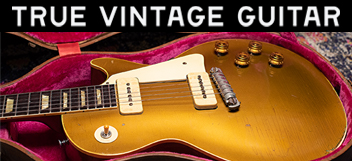burgandyburst
New member
- Joined
- Jul 15, 2001
- Messages
- 84
The 2061cx cab is 2x12 and 8 ohms. The 1974cx is 1x12 and 16 ohms. I'm never quite sure with cabs, as I usually play combos. Would this work?
Anyone care to venture how it might sound?
Anyone care to venture how it might sound?



